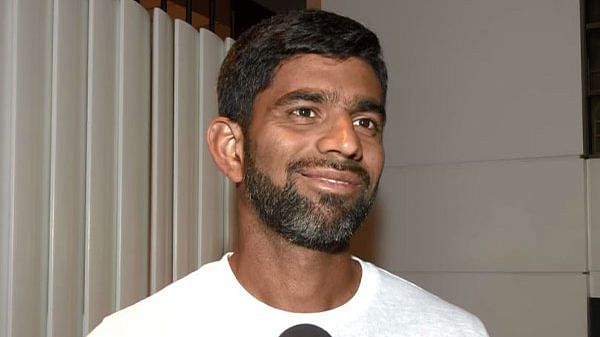Thank you dear subscribers, we are overwhelmed with your response.
Your Turn is a unique section from ThePrint featuring points of view from its subscribers. If you are a subscriber, have a point of view, please send it to us. If not, do subscribe here: https://theprint.in/subscribe/
The Indian Men’s Cricket team’s victory in the USA and West Indies during the summer of 2024 brought countless joyful moments to millions of Indians. Beyond this celebration, the global growth of cricket introduced several breakout stars. Highlights included the impressive rise of the Afghanistan cricket team to the semifinals, Nepal’s close encounters that challenged established Test-playing nations, and the emergence of Saurabh Netravalkar as a leading bowler for the USA national team. Of all these examples, I’d like to focus on Netravalkar and how the approach he followed could provide a strong model to boost other sports in India.
His impressive performance in the T20 World Cup quickly made him a household name, drawing attention to his inspiring life story. He redefined the old adage of the “Sharmaji ka beta”—the high achiever others are encouraged to emulate. Amid all the attention, one overlooked aspect is how he inadvertently provided a model that private companies could adopt to create a win-win for themselves and emerging sports talents. As we know, he moved to the United States to pursue a Master’s degree in computer science after realizing his chances of joining the senior national team in India were limited. Driven by his passion for cricket, he began playing locally and eventually earned a spot on the U.S. national team—all while working full-time at Oracle. His situation is unique, as 21st-century technology enabled him to complete his work remotely, leveraging his laptop and the widespread availability of the internet. He frequently credits his company and managers for their understanding and for providing the flexibility he needed to balance a burgeoning sports career with his full-time job.
This approach offers a model that could be replicated in India for other sports that struggle to receive adequate attention or sponsorship for athletes to pursue full-time careers. Private companies could provide part-time employment to emerging athletes during their active years, with the option to transition to full-time roles after they retire from sports. The driving force behind this proposal is the reality that most professional sports careers last only until the late thirties, or occasionally into early forties. This leaves the majority of athletes with more than half their lives ahead after retirement, and they shouldn’t be left without support once their sports careers conclude.
A similar program already exists in various state and central government jobs, where athletes who have represented India at national and international levels are offered positions after their sports careers. Notable examples include Joginder Sharma in cricket, Jugraj Singh in hockey, and Hima Das in track and field. Expanding this initiative to the willing private sector members could have a broader impact, as government jobs account for only 10-12% of total formal employment. By participating, private companies could inspire more people to pursue sports careers and foster a stronger sporting culture nationwide.
Many aspiring athletes across various disciplines often ponder what they would do if their sports career doesn’t materialize and what fallback options they might have. Some choose government jobs upon reaching the national level due to the security they provide, a sentiment captured in the movie Dangal, where Mahavir Singh’s father advises him to accept a job offer, emphasizing that a medal won’t fill his stomach. India is littered with stories of individuals who had to abandon promising sports careers due to financial instability. It’s impossible to predict how those athletes might have fared had they had pursued their passions with unwavering dedication; India could have potentially achieved double-digit medal counts at the Olympics, and athletes might have garnered greater respect within their communities. Netravalkar had a fallback option that provided him with financial stability through his education, allowing his cricket career to flourish in the USA-akin to a second innings resurgence to which he has dedicated many years of his life.
His success also benefited Oracle, which gained significant attention following their victory over Pakistan. The company acknowledged this through their Twitter account, and during the recently concluded Oracle CloudWorld 2024, he was a key guest speaker discussing their products. As mentioned earlier, partnerships like this create a win-win situation for both parties and will inspire more athletes to pursue their dreams.
These pieces are being published as they have been received – they have not been edited/fact-checked by ThePrint.


